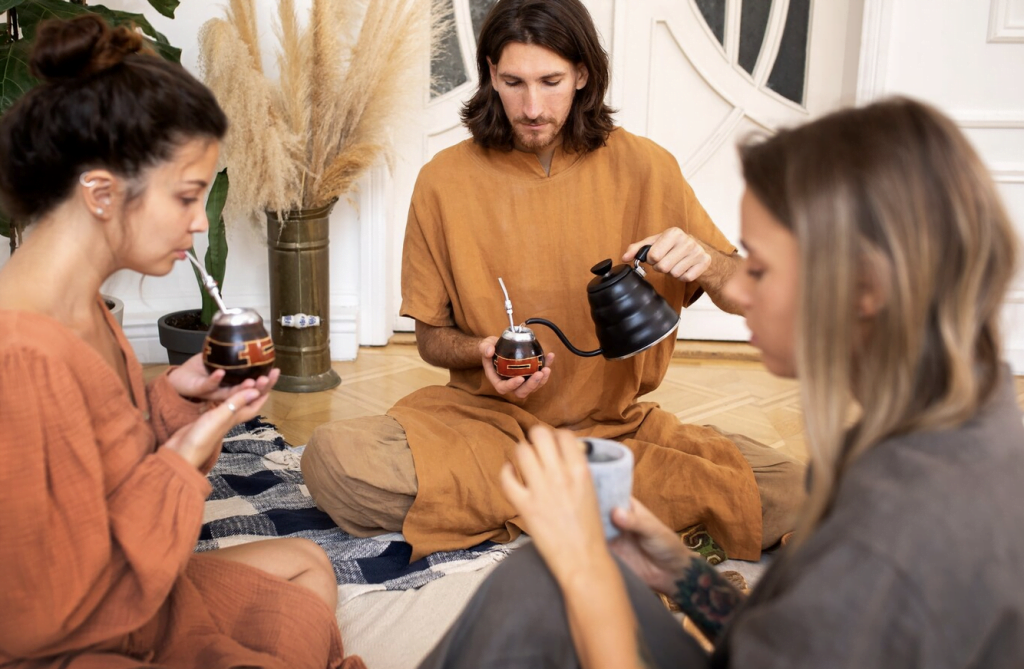
Photographic images are timeless, allowing us to relive moments again and again. Capturing the moment is also a great way to document and preserve memories for the future.
Therapeutic photography involves taking photos and creating images that have a therapeutic value for the participants. This can be done on one’s own or with a therapist.
Contents
It’s a way to express yourself.
Therapeutic photography can help people express themselves and communicate their feelings when words fail. It’s a tool that anyone in any situation can use. Some people or a photographer like Meg Bitton, find it easier to describe their emotions and thoughts through photos, and that’s why photography has become a popular way to improve mental health.
It’s also a great way to enhance everyday experiences. For example, a boring walk in nature becomes exciting after a person takes a few photographs. And an ordinary flower becomes beautiful when it’s photographed in unique settings.
However, it’s important to note that therapeutic photography techniques focus on self-exploration and don’t operate under the supervision of a trained mental health professional (i.e., Phototherapy). Nevertheless, the benefits of engaging in Phototherapy are many. For instance, it has been found that art therapies like photography can decrease cortisol levels, a stress hormone, and improve psychological resiliency. In other words, it can be a helpful tool to deal with the pandemic and boost the mood of those suffering from depression.
It’s a way to improve everyday experiences.
The act of taking photos can improve everyday experiences. This is because it allows people to notice the details of the things around them that they often overlook. This can be an excellent way to enhance mindfulness and increase positive moods.
Photography also promotes physical activity, which can improve overall mental health. In addition, taking photographs can be a fun way to explore new places and meet new people. It can also be a great way to relieve stress and build self-esteem.
Therapeutic photography can be used by individuals alone or in conjunction with therapy. It can explore difficult emotions to express verbally or by other means. It can also be used to promote community building and culture. For example, a group of people could take photos together regularly and share them online. This can be a fun and engaging way to improve the quality of life for all community members.
It’s a way to unleash artistic and creative skills.
Whether photographing delicate details in a flower or exploring textures, photography allows you to unleash your artistic and creative skills. This therapy can help you see things with different eyes, improving your mental health and mood.
It can also help you connect with other people. For example, if you’re feeling lonely or disconnected from your family and friends, engaging in a photography project can help you mend those relationships.
This therapy method is becoming increasingly popular because it’s easy to do at home, with no extra equipment needed. It is also less expensive than other types of therapy, and it can be used alone or with a therapist or counselor. This makes it accessible to everyone. It can even be used to complement your traditional therapy sessions. You can use your photos in counseling sessions.
It’s a way to document memories.
Phototherapy is different from photography as art. In a therapeutic context, the art-making process goes several steps deeper into guided unconscious process work within an intentional therapy framework.
Taking photos as an artistic self-expression can help you document memories and create lasting images of significant life events. It can also serve to communicate and mend relationships with loved ones.
Photographing beautiful natural landscapes or capturing the delicate details of a flower can be an incredibly relaxing experience. It can bring you into a state of flow like meditation, which has health benefits like reducing the stress hormone cortisol.
Some believe all photography is therapeutic, whether a hobby or a professional pursuit. The difference between PhotoTherapy at one end of the spectrum and Therapeutic Photography at the other is that the former requires the complete guidance of a mental health technique professional or therapist to facilitate healing and learning formally.
